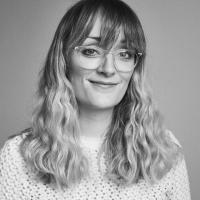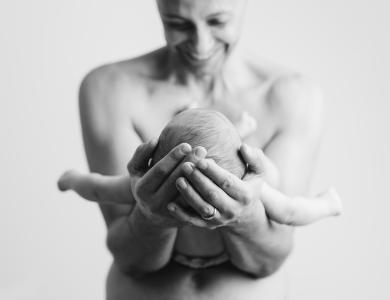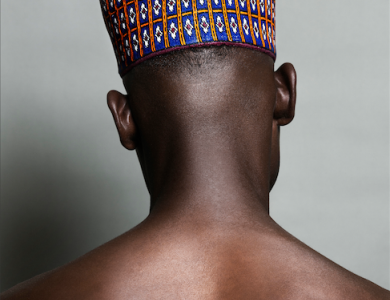Graeme Purdy’s close-up portraits of the planet’s most magnificent animals stood out in the 2021 Professional competition. Anna Bonita Evans talks to the wildlife photographer to find out how he came to shoot with this direct technique.

Striding across a vast plain beneath the cloudless African sky, a lion marches through the Maasai Mari. Photographed with a wideangle lens and at an angle so low and so close the camera seems just inches away from the lion’s paw, we look up to an animal full of might and magnificence. With his eyes focused ahead, there’s a tenderness and melancholy to the big cat’s expression. The juxtaposition of the lion’s titan stance with a look so vulnerable it’s sure to stir even the most impassive viewer, the photograph encapsulates today’s zeitgeist: the fragility of the natural world and the stark reality that in the not too distant future all we might have left is a handful of dust.

Shot in black & white and with startling clarity, the majestic portrait was one of the standout shots in the 2021 Professional competition. Pick up by media around the globe, the image was also chosen as the cover for the annual Sony World Photography Awards book. Taken by Northern Irish wildlife photographer Graeme Purdy, the image is part of his series Raw Nature. Awarded second place in the Wildlife & Nature category, Purdy’s project impressed the judges for its creativity, consistency and just how close the camera appears to be to some of the most unpredictable wild animals.
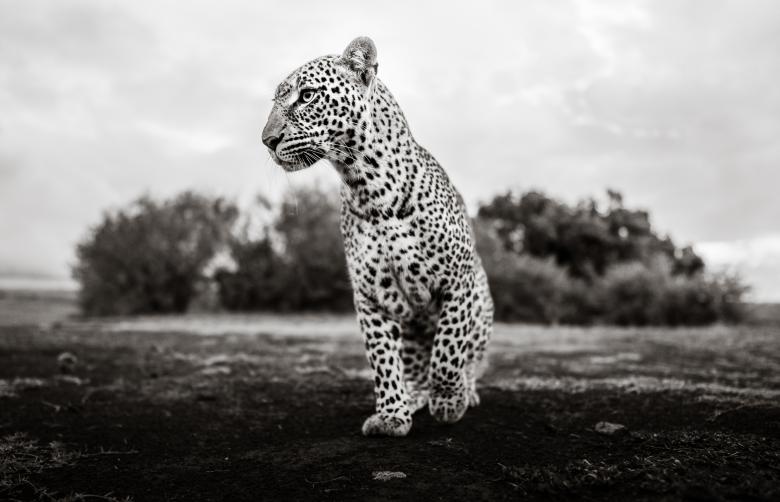
‘By using this technique I’m giving up about 1000 good shots for one excellent, different shot,’ says Purdy. ‘It’s a much riskier enterprise, but it’s definitely worth it. Now I drive away from most sightings if there’s a group of vehicles hovering closeby. Continuing to take the same photographs as I did 15 years ago is just not enough. While you should never go to somewhere like that with 100% intention of what kind of shots you want to get (you have to see what species are presenting themselves when you arrive), I am finding the more trips I go on, the more time I spend planning a specific photograph. This results in less time spent out in the field. I’ve learned over the years you can’t really plan the outcomes, so you just have to make sure you are fully prepared.’
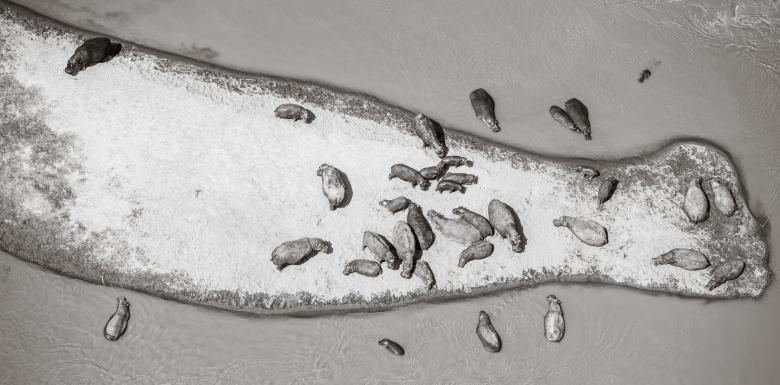
For Purdy his current photographic approach is more than just looking for a fresh perspective: ‘I’m trying to connect people with wildlife because I care and worry about the animals.’ With a lifelong passion for camping, hiking and nature – he was an avid member of the Scouts and completed his gold Duke of Edinburgh Award – Purdy’s connection with animals came later in life. Moving to one of the busiest cities in the world for his day job, he soon gravitated towards London’s Richmond Park. Drawn to the deer and other local wildlife, he remembers: ‘I just started to fall in love with it, being around and photographing the animals.’ Using the profits from the sales of his images on stock libraries to fund his trips to Africa, Purdy’s enthusiasm for wildlife strengthened.
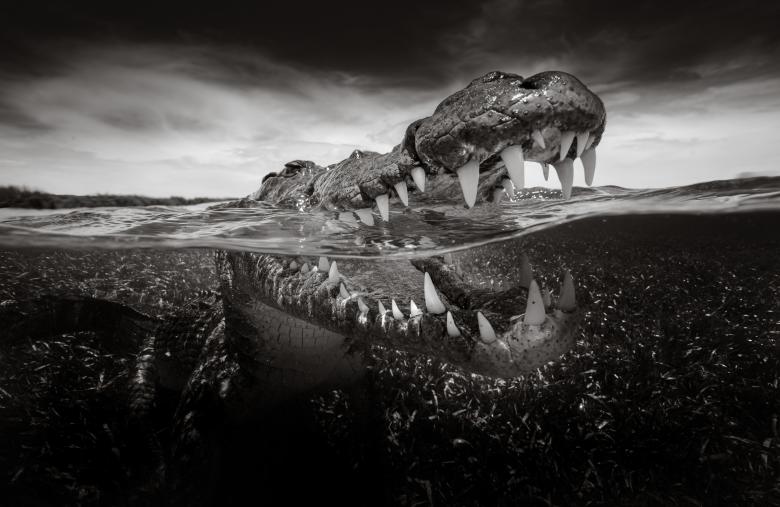
Almost two decades after his first trip to the famous Kenyan National Reserve, he’s shifted his focus. Supporting charities For Rangers, National Park Rescue and Elephant Family, Purdy reflects: ‘Wildlife photography can become a selfish act. We want to see more, be closer, spend more time with the animals. I hear it from people who are visiting for the first time: “Get me closer to the lion; why are there no cheetahs today.” Sometimes our empathy for what the wildlife wants or needs goes out of the window. Take my experience last August for example, when Kenya had just opened up after the end of the pandemic’s first wave, I saw 48 vehicles surrounding some cheetahs. I just thought “This is ugly and I'm not even sure it is ethical game viewing,” and headed back to camp.’
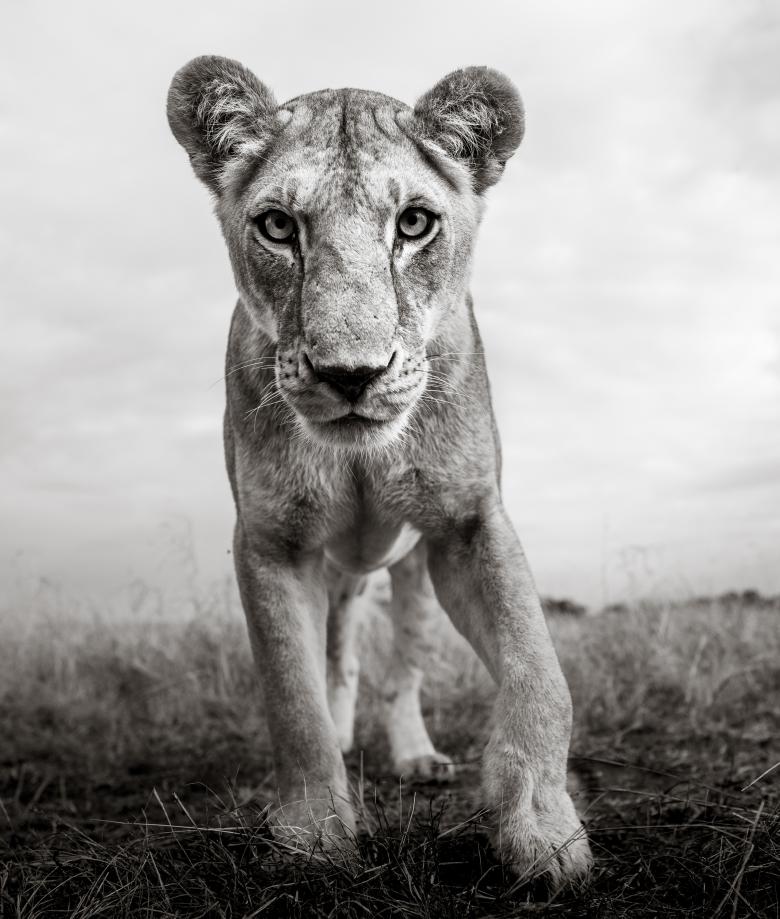
Replacing his telephoto lens with wireless triggers and mirrorless camera platforms – think of a remote controlled toy car with a camera fixed to the top – means Purdy keeps a greater distance from the animals. ‘I guess that’s how my photography has matured,’ he says. ‘For the first 10 years I just enjoyed it, I just felt so lucky to be able to go and take pictures, but I’ve come to realise I want to get people’s attention. My images – where I go, how I take them and how I present them – need to be different to engage people. That’s what drives me now.’
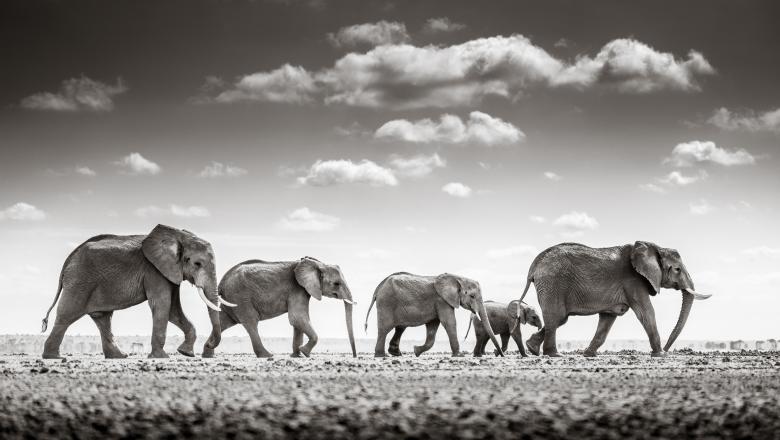
Interestingly, his latest technique has produced images that show the animals closer than before. Largely using his camera buggy, Purdy is able to get his kit about eight feet away from the wild animals. ‘When I take the buggy out I drive it around like a drunken sailor. I never go straight up to any animal as they aren’t going to like it. I position it in a way so the animal feels comfortable to come up to the device. If the camera even moves an inch it can change everything.’
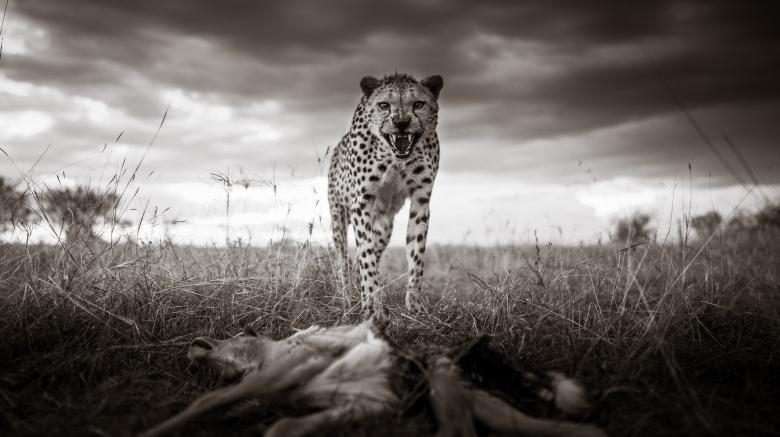
He continues: ‘I had to relearn how to photograph wildlife. When you’re doing close-up work with animals, you're interacting with them. I had to really pay attention to their behaviour. A leopard will ignore the camera buggy, a cheetah might be a little more curious and a lion - especially a lioness – will more often than not come over, have a look and even take the device. Then you’ve got elephants, who can be the most destructive. They’re probably the most challenging subjects as they’re curious enough to check something new out yet they do this by smelling – and then kicking and occasionally throwing! – the newcomer. I’ve had to say goodbye to some expensive kit!’

